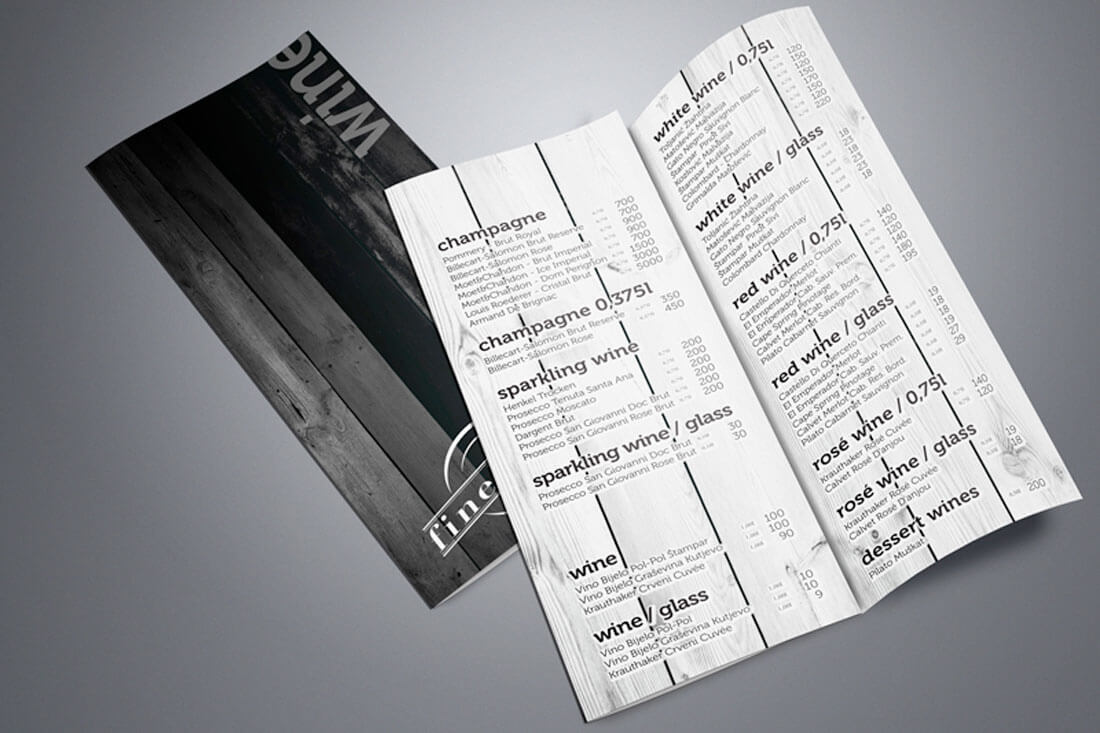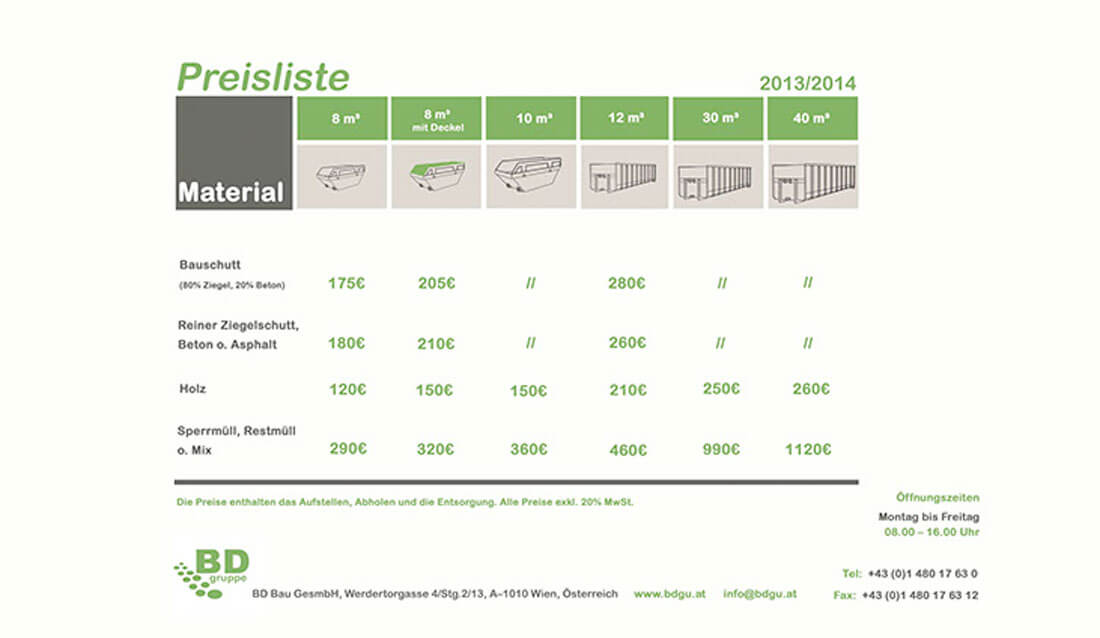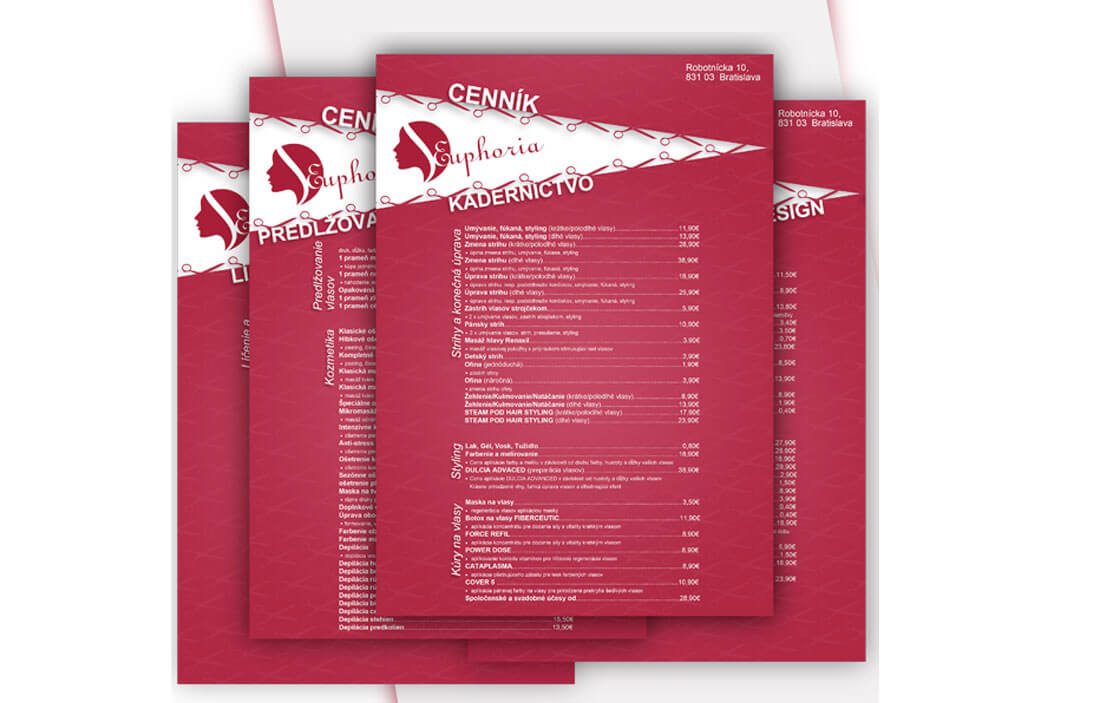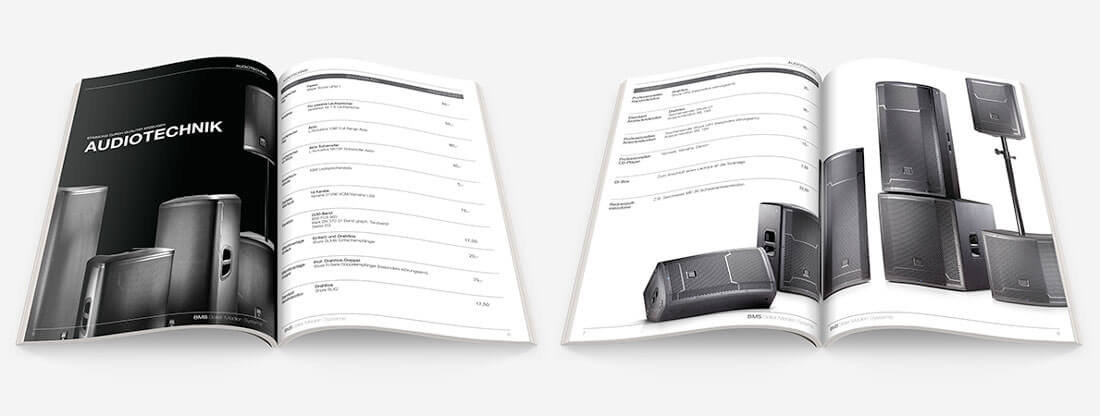Do You Need a Price Sheet? (Pros and Cons)
One of the biggest questions for any design freelancer is “what should I charge?” The second question is “should I publish a price list for potential clients?”
The answer to the first question includes a lot of variables, and only you can determine what a fair market rate is for the quality and scope of work you do in the market where you do business. In terms of the second question, a price sheet can provide a starting point between freelancers and clients. Today, we’ll look at the pros and cons of publishing a price sheet so you can decide if that’s the right option for you!
Pro: Clients Know What to Expect

A price sheet is a great budget planning starting point for clients. One of the big issues with freelancing and design work, in particular, is that many people underestimate the costs of services. A published price list can give potential clients an idea of what to expect when they are looking for a new website, brochure or poster design.
A price sheet can also help eliminate writing up contracts and proposals for clients who aren’t going to hire you. (This happens a lot with clients that expect a $5 logo or $50 website design.)
Con: It Can Lock You into Rates Before a Project Starts
On the other hand, a public price list does lock you into specific pricing. This gets tricky when a client starts to extend the scope to the edges of profitability margins for you or something that you expected to be easy turns into a time-consuming project.
If you plan to publish rates, consider including only a few elements that are more standard, such as consultation fees or estimates for scopes of work (such as a one color logo with two revisions). Note on your price sheet all of the other services you perform and a way to contact you for more information.
Pro: No Negotiation

You probably either love it or hate it – negotiating with clients. If you are in the hate it camp, a price list takes all the haggling over prices out of the equation. Clients know from the start how you plan to charge and what the terms will be.
Con: Looking Too “Cheap”
There’s a trend in pricing where the super-cheap design “factories” publish prices that severely undercut what it actually costs to do design work for a client. Freelancers that publish a price list run into looking “too cheap” because of this phenomenon.
Publishing prices can even force you to lower your rates to compete with some of these services. (Don’t fall pretty to it.) Know the value of your work and don’t devalue yourself, or deceptively price, to snag clients.
Pro: Clients Can See All Available Services

A good price sheet can show a potential client all of the things you can do. While the referral might have been for a logo design, a look at your price sheet might also show that you design brochures or packaging.
Further, a price list can help lead clients to your portfolio and provide an extra level of SEO help on your business website. This can open the door to clients that you might have otherwise missed.
Con: Getting Stuck with Prices
Some designers feel trapped by a price sheet for two reasons:
- They never feel like they can increase prices.
- They get trapped with prices that match or don’t fit their geographic market.
As with any job, the cost of living does increase over time. Inflation happens and if you don’t account for this annually, you’ll likely end up taking a pay cut. Don’t let that happen.
Geographic differences in money or exchange rates if you work internationally can further complicate published pricing. (Just think of the difference in the price of anything between New York City and any small town in the USA. There’s likely a significant difference in price for the exact same item or service. )
Pro: Saves Time with Standard Quotes and Contracts

It takes a little more time on the front end to create a price sheet but it saves you time with every individual client. (And while you are at it, go ahead and include a standard contract with your price sheet that outlines everything from payment terms to copyright notices.)
Having these things on hand is efficient and can make it easy to connect with a client and provide information in a hurry. Even if you decide that publishing a price list is not for you, having an internal copy for your reference is a good place to start.
Con: Difficult to Customize Packages for Clients
Sometimes a price list can make a complex or large project a little too expensive. While some clients are only going to need one or two things, some clients will use you as a full-service design house. (I like to give these clients, particularly the good ones, a better rate for continued work.)
With a price list, you need to create a discounting system. Without, you can work with each client to customize a package that makes the most sense and provides value for both parties.
Pro: Consistent Pricing

Clients do talk. A price sheet helps you ensure that prices are consistent for similar scopes of work from client to client. (There’s nothing worse than a client coming back to tell you that they know another company got a better price.)
The what-you-see-is-what-you-get approach is transparent and establishes a baseline with clients. If you are worried about project scope or unforeseen circumstances, include a line in the price sheet that lets clients know that all prices are estimations and are subject to an actual, individual estimate based on scope of work.
Con: Uncomfortable Conversations
With a price sheet, you will fall into a quite uncomfortable conversation at some point. The client will expect to pay the listed price for design work, but then they expand the scope to something that’s much more complicated or time-intensive. (It’s a frequent occurrence.)
You will have to make a choice:
- Keep moving the project along at the original rate.
- Explain the new scope of the project and increase the rate.
Conclusion
Personally, I do not publish a price list. I like the flexibility of working with each client to customize what they get based on their needs. (Every project is so very different.)
That being said, I do have basic rates that I keep track of on my end. But they are not for public consumption. (Admit it, you likely have a “special” rate for clients that are hard to deal with or a discount for stellar clients.) Regardless of your preference, you should have a baseline for profitability so that when you take a project you can actually make money on it. This is your livelihood!
Freelancing 101 is an occasional series to help the increasing number of freelancers in the market. Whether you are a designer, writer, developer or wear multiple hats, we will share tips, resources and ideas to help you make the most of your small business. Is there something in particular you want to know? Let me know at [email protected].